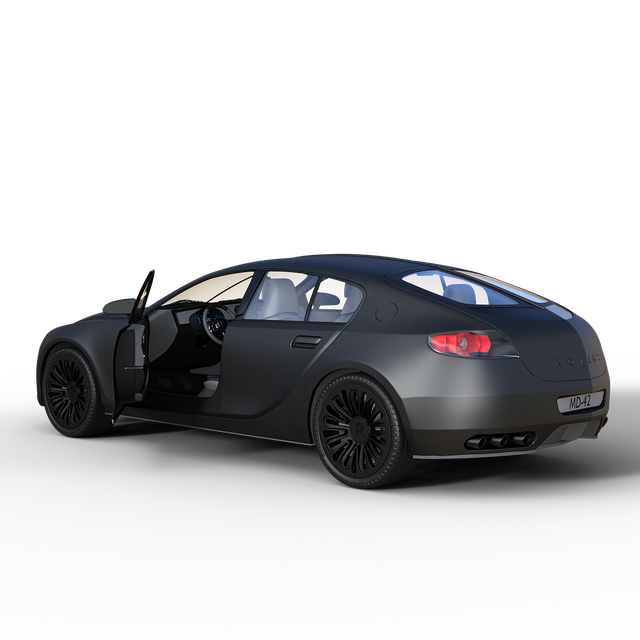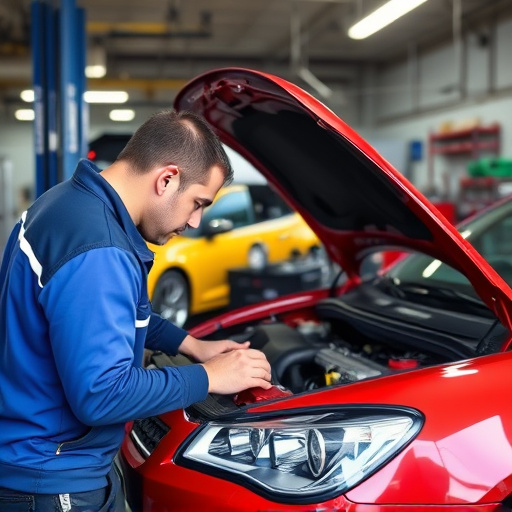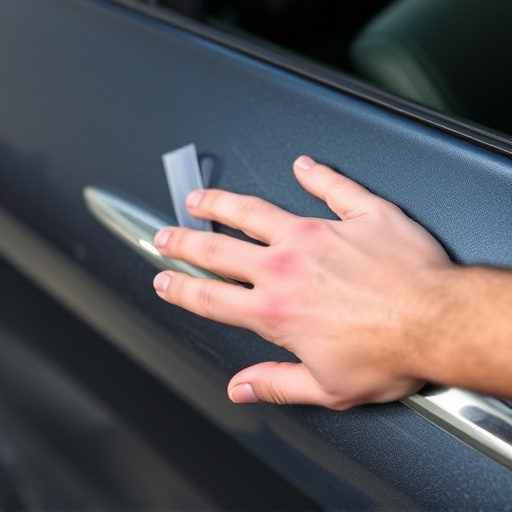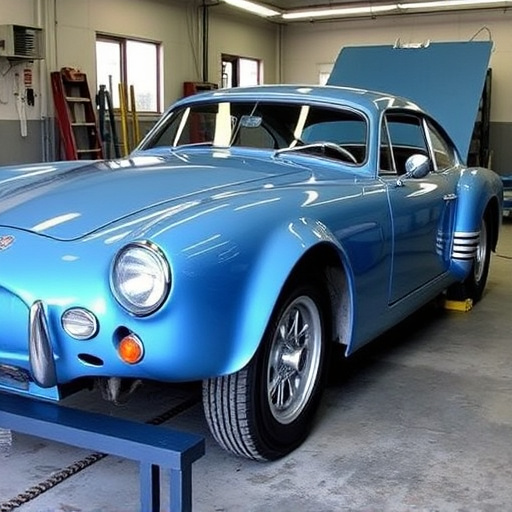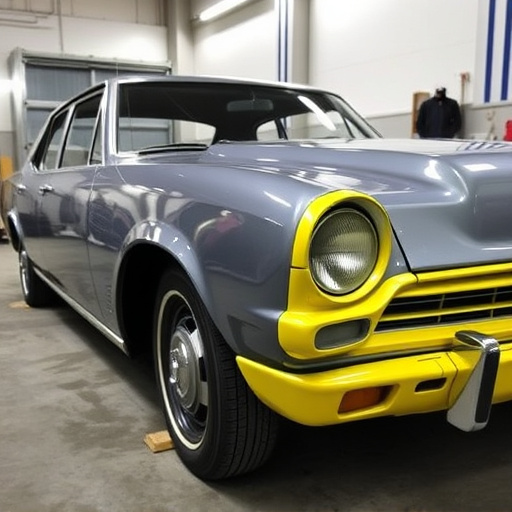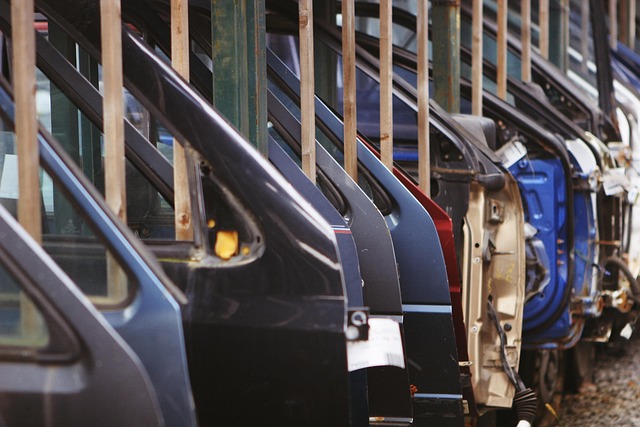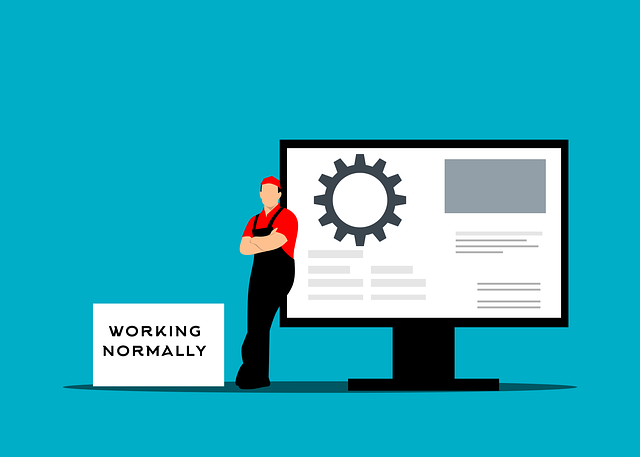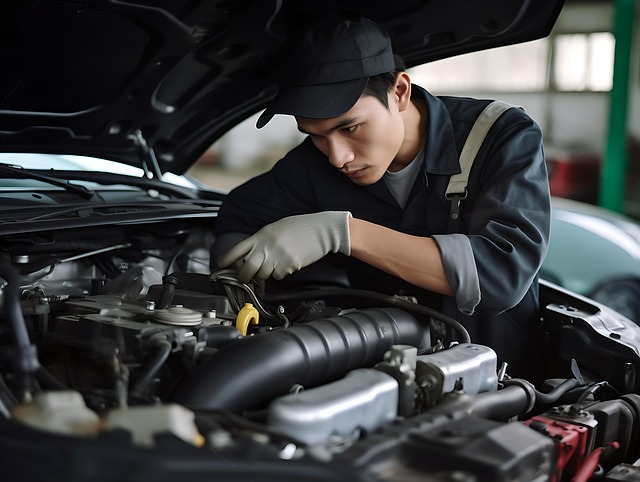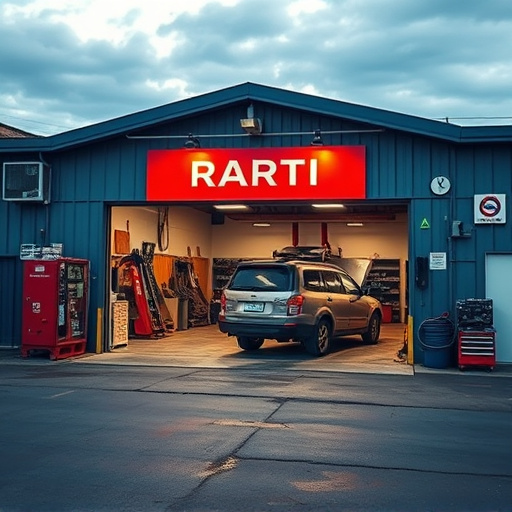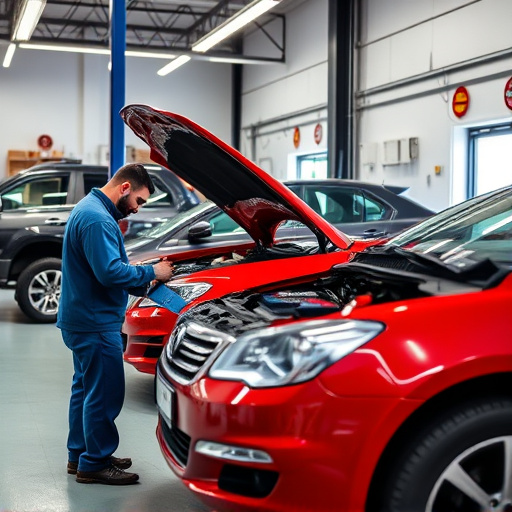After a Mercedes light package repair, calibrate sensors using specialized tools and follow model-specific instructions from the service manual. Park in well-lit areas, secure connections, activate sensors, and recalibrate with diagnostic tools after testing under various lighting conditions. Regular auto maintenance essential for optimal sensor performance.
After a Mercedes light package repair, recalibrating sensors is crucial for optimal lighting performance. This guide outlines the process, tools, and preparation needed to ensure your Mercedes’ headlights and taillights function at their best post-repair. Understanding sensor calibration is key; we’ll walk you through each step for a successful recalibration. By following this simple, structured approach, you’ll restore your Mercedes’ light sensitivity, enhancing safety and visibility on the road.
- Understanding Mercedes Light Sensor Calibration
- Tools and Preparation for Repair
- Step-by-Step Guide to Recalibration
Understanding Mercedes Light Sensor Calibration
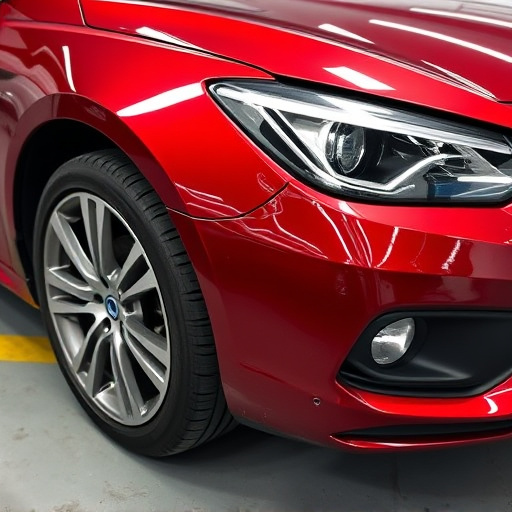
Mercedes light sensor calibration is a critical step after any Mercedes light package repair. These sensors play a vital role in your vehicle’s lighting system, ensuring optimal brightness and functionality for safety and visibility. When a collision center or car damage repair occurs, these sensors might be affected, leading to improper light output. A thorough calibration process adjusts these sensors to their original specifications, ensuring the lights function correctly and safely.
Understanding the calibration process is essential for any car dent repair or collision center performing Mercedes light sensor repairs. It involves specialized equipment that measures and adjusts the sensors’ sensitivity and positioning. This precise tuning guarantees that each headlight, taillight, and turn signal functions as designed, enhancing driver visibility on the road. By calibrating these sensors after a repair, you not only maintain the performance of your Mercedes but also contribute to safer driving conditions.
Tools and Preparation for Repair

Before beginning any Mercedes light package repair, it’s crucial to gather the right tools and make preparations that ensure a precise and effective fix. This includes acquiring specialized equipment tailored for intricate automotive lighting systems, such as diagnostic scanners capable of interfacing with modern vehicle networks. Additionally, auto body services professionals often rely on high-quality replacement sensors, bulbs, and wiring harnesses to guarantee optimal performance after the repair.
Proper preparation involves creating a clean, well-lit workspace, ensuring adequate ventilation, and donning safety gear like gloves and eye protection. It’s essential to consult the vehicle’s service manual for specific instructions, as different Mercedes models may have unique calibration procedures. This meticulous approach, often honed through years of experience in collision damage repair, sets the stage for successful restoration of the automotive lighting system to its original specifications.
Step-by-Step Guide to Recalibration
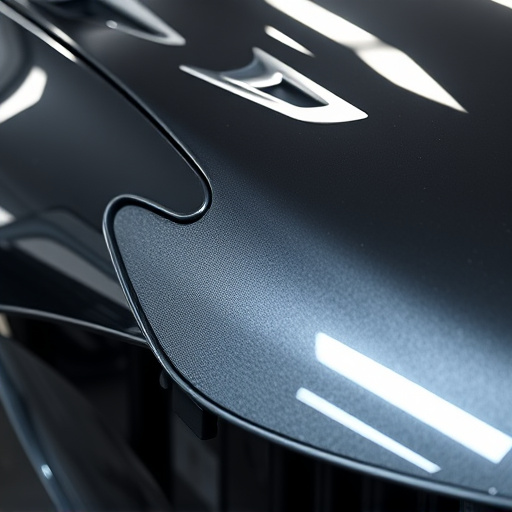
Calibrating Mercedes light sensors after a repair is crucial for optimal performance and safety. Here’s a step-by-step guide to ensure accurate results, especially post Mercedes light package repair. Begin by ensuring your vehicle is parked in a well-lit area, away from direct sunlight or artificial glare that could skew readings. Next, locate the light sensor module(s) typically found near the headlights or taillights. These sensors are often rectangular and may have multiple wires connected to them.
Before recalibration, verify that all connections are secure. Turn on your vehicle’s ignition without starting the engine to activate the sensors. Use a diagnostic tool compatible with Mercedes vehicles to initiate the sensor recalibration process. This will involve sending specific test signals through the sensors and adjusting their settings accordingly. Once complete, conduct a test drive in varying lighting conditions to ensure the sensors are functioning correctly, comparing results with those of an auto repair near me or certified collision repair shop for accuracy. Regular auto maintenance is also vital to keep these sensors in top condition.
Calibrating your Mercedes’ light sensors after a repair is a crucial step in ensuring optimal driving conditions and safety. By following these simple steps, you can easily perform the recalibration yourself, saving time and money. Remember, a well-calibrated light sensor package repair ensures your vehicle’s headlights adapt to changing lighting conditions, enhancing visibility and reducing eye strain for both you and other drivers on the road.

